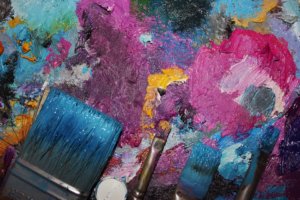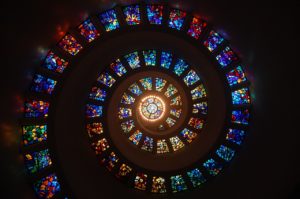In the species which show that a difference distinct between the duramen and sapwood the normal color from the duramen is usually darker than that of sapwood, and very frequently contrast is remarkable. This is produced by deposits in the duramen various materials resulting from the process of the growth, is probably increased by chemical oxidation and other changes, which have usually little or not appreciable effect on the mechanical properties of wood. Some experiments on the very resinous specimens of pine of Longleaf, however, indicate an increase in force. It is due to the resin which increases the so dry force.
Such a duramen resin-saturated is called the large lighter. The established structures of the large lighter are almost impermeable with the putrefaction and the termites; however they are very flammable. Sections of old pines of longleaf are often dug, are duplicated in small pieces and sold like lighting for fires. The sections dug thus can really remain a century or more since being cut.
The fir tree soaked with the rough resin and dry is increased also considerably by this fact in the force. Since late wood of a ring of growth is usually darker colors than wood early, this fact can be employed by judging the density, and thus the hardness and the force of the material. It is in particular the case with wood conifres. Out of ring-porous wood the ships of wood early not seldom to appear on a surface finished like darker than denser late wood, however on cross sections of duramen the reverse is generally true. Unless way has right statement the color of wood is not any indication of force. The abnormal discolouration of wood often indicates a sick condition, indicating the unsoundness.
The blacks check the Western cige inside are the result of the attacks of insect. The so common scratches brown-reddish in hickory and some other wood are most of the time the result of the damage by birds.
Discolouration is simply an indication of the damage, and more than probably of itself does not affect the properties of wood. Some myctes putrefaction-producers give to the characteristic wood colors which become thus symptomatic weakness; however a known effect attracting under the name of spalting produces by this process is often considered a desirable characteristic. The ordinary sap-stain is due to the fongueuse growth, but does not produce necessarily an effect of weakening.
Submitted by:Robert MackeyYou can find more info in the Glue Guns portal, which is administrated by the author of this article. |





